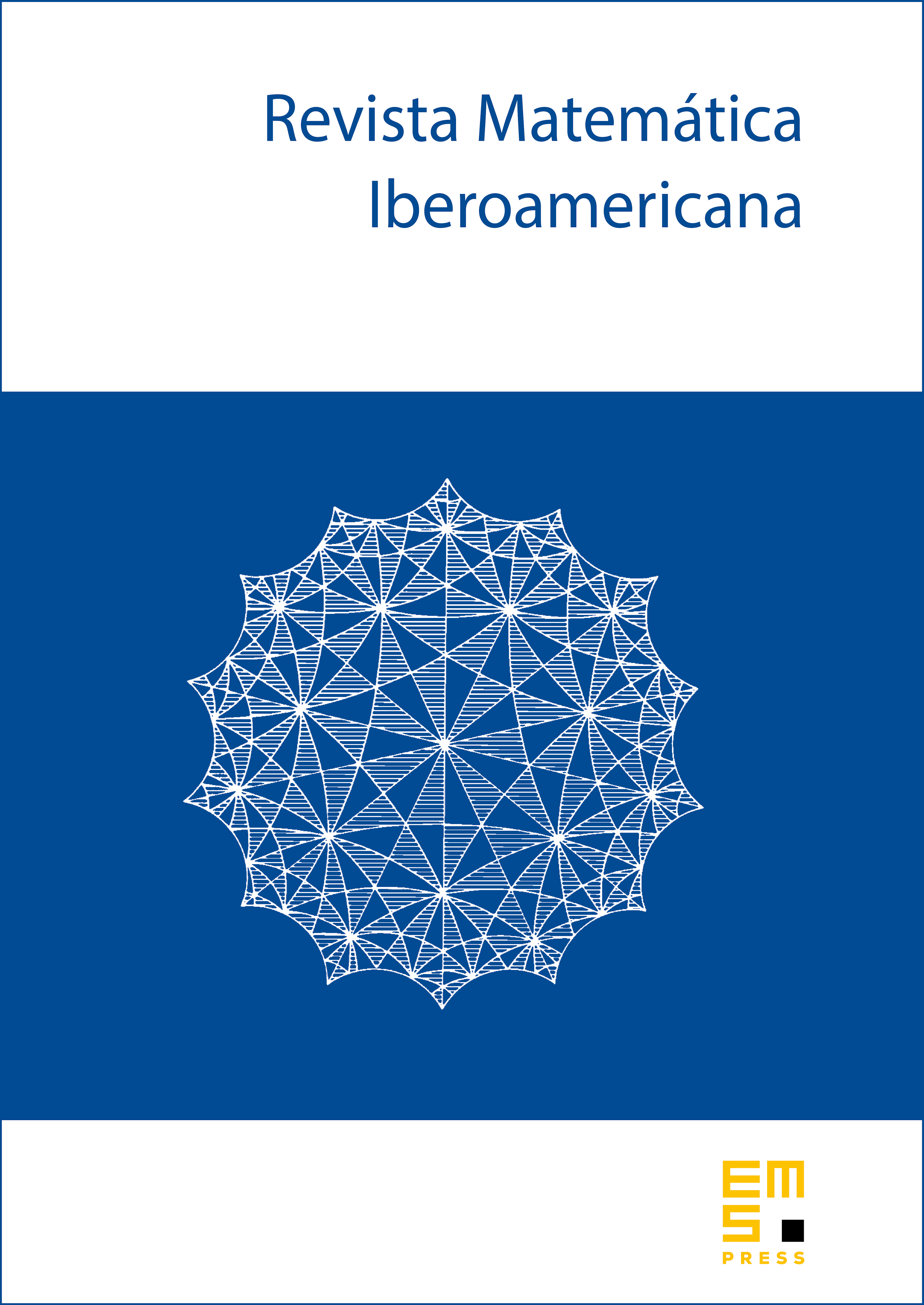Brownian motion on treebolic space: escape to infinity
Alexander Bendikov
Uniwersytet Wrocławski, PolandLaurent Saloff-Coste
Cornell University, Ithaca, United StatesMaura Salvatori
Università di Milano, ItalyWolfgang Woess
Technische Universität Graz, Austria

Abstract
Treebolic space is an analog of the geometry, namely, it is the horocylic product of the hyperbolic upper half plane and the homogeneous tree with degree , the latter seen as a one-complex. Let be the Busemann function of with respect to a fixed boundary point. Then for real and integer , treebolic space consists of all pairs with . It can also be obtained by glueing together horizontal strips of in a tree-like fashion. We explain the geometry and metric of and exhibit a locally compact group of isometries (a horocyclic product of affine groups) that acts with compact quotient. When , that group contains the amenable Baumslag–Solitar group as a co-compact lattice, while when , it is amenable, but non-unimodular. is a key example of a strip complex in the sense of [4].$
Relying on the analysis of strip complexes developed by the same authors in [4], we consider a family of natural Laplacians with "vertical drift" and describe the associated Brownian motion. The main difficulties come from the singularities which treebolic space (as any strip complex) has along its bifurcation lines. In this first part, we obtain the rate of escape and a central limit theorem, and describe how Brownian motion converges to the natural geometric boundary at infinity. Forthcoming work will be dedicated to positive harmonic functions.
Cite this article
Alexander Bendikov, Laurent Saloff-Coste, Maura Salvatori, Wolfgang Woess, Brownian motion on treebolic space: escape to infinity. Rev. Mat. Iberoam. 31 (2015), no. 3, pp. 935–976
DOI 10.4171/RMI/859